- Home
- Joyce Carol Oates
them Page 2
them Read online
Page 2
Yet by the time she graduated from high school, Oates had determined to be a writer, and she found her own path almost unaided. As a brilliant undergraduate at Syracuse University, and as a graduate student in English at the University of Wisconsin, she met hardly any female professors. At Wisconsin, she met another graduate student, Raymond Smith; they married in 1961, and she followed him to Beaumont, Texas, where he had a teaching position. After a year, the couple moved to Detroit, where Ray had a job at Wayne State. Oates was also teaching at the Jesuit-run University of Detroit, where she and a nun were the only female faculty in the English department.
Oates had begun to publish fiction as an undergraduate, but her first real successes came in 1963, when she published her first collection of short stories, and in 1964, when Vanguard Press brought out her novel With Shuddering Fall. Sylvia Plath’s The Bell Jar and Betty Friedan’s The Feminine Mystique also appeared in 1963, harbingers of a decade of feminist questioning and activism. But for Oates, the women’s liberation movement was not yet important; for her, career and marriage signified freedom and mobility, and the 1960s were the years of her “romance with Detroit…romance with novel writing itself” (Afterword, Expensive People).
A GARDEN OF EARTHLY DELIGHTS (1967)
A Garden of Earthly Delights, ironically named for the Hieronymous Bosch triptych, has three parts, each named for a man to whom the central figure, Clara Walpole, is related as daughter, lover, and mother. Ostensibly the novel is Clara’s story, but as a poor and uneducated girl, Clara has few choices, and although Oates has given the child Clara versions of some of her experience, particularly her elementary schooling, the male characters have much more scope for action and drama. In part I, the most naturalistic part of the novel, Carleton Walpole is a migrant fruit picker, with vague aspirations to a more meaningful and dignified life, but trapped by an adolescent marriage and many children. His heroes are boxers, like Jack Dempsey, who prove their manhood by stoic endurance: “The more punches a man takes, the closer he is to the end.” Angry and discouraged, Carleton is disgusted by his pregnant wife, Pearl, a “sallow-faced sullen woman with hair she never washed, and her underarm stale and sour, body soft as a rotted watermelon.” In his mind, women have no real will, but can only fight against nature not to let go of their youth and beauty; “when a woman does, that’s the end. Like letting a garden go to weeds.”
Although his delicate, blond daughter Clara is pretty and intelligent, she can envision no routes out of her environment but stealing and sex; the pregnant female bodies that repel Carleton are her unescapable destiny. As a little girl, she dreams of becoming a teacher, but the teacher calls her “white trash.” As a young teenager, she tells Lowry, a mysterious blond man with a sharp profile like the jack of spades, “I don’t know what I want, but I want it!” In her powerlessness, Clara gambles on Lowry because he provides an immediate means of escape, even though she has no plan or destination.
Part II is named for Lowry, although he remains a shadowy and enigmatic character. A drifter and a loner, Lowry likes “just to be in motion”; he likes his car, and the act of driving. But he “don’t stay in one place long.” He takes Clara along as his passenger, helps her find a room and a job in his hometown of Tintern, New York (a version of Lockport), and eventually takes her virginity, in a scene where Clara, although willing, “felt as if he had gone after her with a knife.” Although Clara knows by this point that she doesn’t want to get married (“You just end up having babies”), she falls back into the ancient scenario; she becomes pregnant, Lowry leaves, and she is forced to deploy her resources of female sexuality, beauty, and cunning in order to survive.
In her most self-determining act, Clara seduces a prosperous married businessman, Curt Revere, and persuades him that he has fathered her child. “Today she changed the way her life was going and it was no accident.” In another sign of Clara’s partial taking of control, Revere teaches her to drive and buys her a car. Clara finally has wheels but nowhere to go, and she imagines that her infant son, Swan, will grow up to live out her fantasies: “He’s going by train and by airplane/All around the world,” she croons to the sleeping baby.
But Swan too is doomed. In part III we meet Swan as a teenager, bookish and intense, an artist manqué, but ultimately a failure who seeks manhood and control in a gun, and destroys himself. Clara’s fate is to watch endlessly as her fantasies play in their most elemental form on television: “She seemed to like best programs that showed men fighting, swinging from ropes, shooting guns and driving fast cars, killing the enemy again and again until the dying gasps of evil men were only a certain familiar rhythm away from the opening blasts of the commercials which changed only gradually over the years.” While this passage from the original text of the novel is overtly satirical about the mindless violence and repetition of television, it is also a terse and tragic image of Clara’s helpless identification with male combat, vengeance, and death.
In 2002, Oates expanded this passage, along with rewriting more than three-quarters of the rest of the book. Among the changes, she restored some of the language that had been thought too obscene in 1967 and added details about Clara trying to copy the styles of movie stars, so that she more emphatically takes on the characteristic of the iconic Blonde, the vehicle and victim of American cultural fantasies, about whom Oates would write throughout her career with great compassion.
EXPENSIVE PEOPLE (1968)
Published at the height of the counterculture and antiwar movement, Expensive People, Oates has recalled in her Afterword to the book, was received by critics “as an expression of the radical discontent…of a generation of young and idealistic Americans confronted by an America of their elders…steeped in political hypocrisy.” Set in “Fernwood,” an imaginary Detroit suburb, the novel is Oates’s most playful and experimental black comedy of the ’60s, and is linked to the other Wonderland novels more by its fascination with place, identity, and power than by its political concerns. The people of the story are “expensive,” rather than rich; their luxury comes at the cost of their children, servants, and rejected past.
Expensive People is narrated by Richard Everett, an obese, half-crazed adolescent living at “4500 Labyrinth Drive,” who is obsessed with his mother, the glamorous novelist Natashya Romanov, whom he calls “Nada”—nothing. Although she claims to be an aristocratic Russian émigré, Nada is actually a self-reinvented figure from a working-class family in upstate New York. Oates foregrounds some of the parallels between Nada and herself; Nada is considering plots and titles for the very first-person novel we are reading; and her embedded short story, “The Molesters,” is one that Oates published the same year in the Quarterly Review of Literature.
Oates’s biographer, Greg Johnson, suggests that Expensive People is partly her dark autobiographical “dialog with herself about the prospect of motherhood.”*2 As Oates herself remarked, “not even Nabokov could have conceived of the bizarre idea of writing a novel from the point of view of one’s own (unborn, unconceived) child, thereby presenting some valid, if comic, reasons, for it remaining unborn and unconceived.”*3 Richard is an angry and neglected son who comes to feel that he is only a “minor character” in his mother’s life.
Oates’s concern, however, is as much with the conflict of creativity and procreativity for the woman writer as with actual motherhood, and her dialogue is as much with Nabokov and the aesthetic school of fiction as with herself. Throughout the 1960s and early ’70s, Nabokov was the novelist Oates most frequently invoked as the epitome of the pure aesthetician who writes with no purpose but delight in language. While living in Detroit, she has said, she “was galvanized to believe that the writing of a novel should be more than purely private, domestic, or even, contrary to the reigning Nabokovian imperatives of the day, apolitical and aesthetic” (Afterword to A Garden of Earthly Delights).
In The Anxiety of Influence, Harold Bloom has argued that strong
artists repress the writers who most tempt them to imitation, and perhaps Oates herself was unaware of her attraction to Nabokov’s art. Her hint that “the most immediate model for the novel’s peculiar tone was evidently Thomas Nashe’s The Unfortunate Traveler…my narrator alludes to ‘that other unfortunate traveler from whom I have stolen so much,’” is misleading if not a deliberate leg-pull. In her Afterword, she does kindly tip-off the eager reader-detective that she herself in re-reading Nashe “can see only occasional and glancing similarities.” In fact, Richard Everett often sounds like the perverse narrator of Nabokov’s Lolita, Humbert Humbert, in his unfortunate travels across the United States.
Along with false clues, Nabokovian chess games, fake historical notes, mock-English houses and mock-English prep schools, and themes of bingeing and purging (one character eats himself to death), the novel features puns and literary parodies, especially an extended one of the Partisan Review, called The Trans-American Quarterly. The editor of this journal, a “professional intellectual” named Moe Malinsky, who is brought to Fernwood by the Village Great Books Discussion Club, is a greedy snob and hypocrite, who brags of meeting Princess Margaret and fighting Norman Mailer, and stuffs himself on the canapés while condemning the suburban lifestyle. Oates’s comments on the Review, via Richard, are merciless: “the magazine gives you a general frontal headache,” with its articles on Soviet economic growth and the decline of American art. Nabokovian literary games and labyrinths may be apolitical, Oates seems to suggest, but they are much more interesting than socialist realism.
Matricide is an extreme solution to the dilemma of the Female Gothic. Oates acknowledged in her Afterword that “the novel’s thinly codified secret” was “the execution of an ambitious woman writer as fit punishment for having gone beyond the ‘limits of her world’—upstate New York.” Nada is no suburban mom, but an artist, trying both to fit into the “normal world” of the American family and also to compete in the macho world of publishing. Like Virginia Woolf’s essay on “Killing the Angel in the House,” Nada’s fictional execution is Oates’s nightmare solution to the burdens of femininity facing the serious woman artist.
THEM (1969)
Some of the metafictional aspects of Expensive People carried over into Oates’s next novel, them. Oates introduced her epic story about a white working-class family with an “Author’s Note,” describing the book as “a work of history in fictional form,” based on the recollections of one of the characters, “Maureen Wendall,” and some readers took it literally, writing to ask how the Wendalls were doing. Oates herself appeared as a character in the novel, as the recipient of two letters from Maureen, who says she took a course on “Introduction to Literature” from “Miss Oates” at the University of Detroit in 1964, got an “F,” but has never forgotten the teacher’s apparent sense of control, happiness, and faith in books like Madame Bovary. The letters allow Maureen to confront the novelist, and protest against her relative powerlessness and insignificance as a woman whose life is much drabber than those in books.
Indeed, them cannot imagine any self-determination for its women characters. Its central story contrasts the experience of Maureen and her brother Jules, growing up in inner-city Detroit. She is the more bookish and intellectual sibling, but like Clara in A Garden of Earthly Delights, Maureen is doomed by her femaleness; she is frantic to escape, but has no way to earn money or get away except prostitution. When her stepfather finds out that she has been getting paid for sex, he beats her so badly that she becomes virtually comatose for two years. And this is a metaphor for all women’s lives; even a rich woman, as one character says, “lives in a dream, waiting for a man. There is no way out of this, insulting as it is, no woman can escape it.”
In contrast, Jules, partly modeled on Julien Sorel of Stendhal’s The Red and the Black, understands that even at his weakest he has more power than a woman. “A woman in a car only appears to be in control!” he thinks as a teenager. “Inside, her machinery is as wobbly and nervous as the machinery of her car.” One of Jules’s first jobs is playing messenger boy for a petty gangster who gives him a gun and sends him out to buy a Cadillac. Yet Jules has grandiose dreams of greatness; he feels fated to become an important man, and wants to model himself on the Indian mystic and theorist of nonviolence Vinoba Bhave, about whom he reads in Time magazine. He internalizes Bhave’s words: “Fire merely burns…Fire burns and does its duty. It is for others to do theirs.”
But Jules misunderstands this message as an endorsement of violence and anarchy, and carries it with him until he sees it embodied in the Detroit riots, with which them ends. Oates’s version of the riots is apocalyptic, with Mort, the professor who is the leader of the student radicals, on a death and ego trip, the students arguing about whether Lyndon Johnson or Martin Luther King would be more suitable targets for assassination, the black families looting, and the police as brutal and out of control as the rest. Jules joins the radical group and speaks on television for its “beliefs”: “It is only necessary to understand that fire burns and does its duty, perpetually, and the fires will never be put out….Violence can’t be singled out from an ordinary day!…Everyone must live through it again and again, there’s no end to it.” In our last sight of him, Jules is heading to California in an air-conditioned car, to use political organizing as a route to making big money in real estate. Somehow he has become the American Dream of success who will profit from the destruction of the weak.
WONDERLAND (1971)
Wonderland covers some of the same historical period as them but from a more surreal and openly Gothic perspective. In her Afterword, Oates has called the book “bizarre and obsessive,” a “torrential experience of novel-writing,” and a plunge into the “vortex of being.” Her hero, Jesse Vogel, is the only survivor of his family’s massacre by his deranged father; by good fortune, and through the help of various adoptive parents and mentors, he becomes a neurosurgeon who is fascinated by and drawn to the freakish, the grotesque, and the monstrous, although he wishes only to heal. Wonderland ends with Jesse’s daughter Michelle—Shelly, or “Shell,” as she calls herself—running away with a counterculture guru, Noel. Jesse sets out to rescue her from a commune on Yonge Street in Toronto—an ironically hellish haven for the drugged young.
As soon as Oates had finished the novel, in 1971, she became unhappy with its ending, in which Jesse takes his emaciated daughter out on a boat in Lake Ontario. “I think it is a very dark, relentless work, and I wonder if you might not be receptive to a modified ending?” she wrote to her editor at Vanguard. As Oates later explained, she “could not end with a small boat drifting out helplessly to sea…it had to end with a gesture of demonic-paternal control” (Afterword to Wonderland). In the new ending, Jesse “rescues” Shelley, but of course she is once again forced into the role of the Gothic heroine, dependent on male intervention. As Oates herself observed in the Afterword, “In retrospect, it seems that Shelley Vogel was crying out for a novel of her own, a story that was not a mere appendage of her father’s; but this was a novel that I could not, or would not write.”
In many respects, Wonderland was a turning point in Oates’s career. As she told Newsweek reporter Walter Clemons in December 1972, she decided to “move towards a more articulate moral position,” and to show ways of transcending problems. One way in which she achieved this goal was to allow her female characters novels of their own—to imagine them as autonomous figures, with their own dreams and voices, who could change their lives through will. Another way was to move beyond her poor white characters and take on the experiences and perspectives of another “them”—the black Americans who are observed, feared, and sometimes envied by the white protagonists of the Wonderland Quartet, but who never speak for themselves.
* * *
—
In every decade and in every novel, Oates has powerfully reinvented herself, but the Wonderland Quartet, written in the “white heat” of youthful
imagination and fervor, remains not only relevant but prophetic about the widening social and economic gulf in American society, the self-destructive violence of political extremism, and the terrifying hubris of science and technology. Bringing to life an unforgettable range of men and women, the Wonderland Quartet offers a compelling introduction to a protean and prodigious contemporary artist.
*1 Frank McLaughlin, “A Conversation with Joyce Carol Oates,” Writing!, September 1985, pp. 21–23.
*2 Greg Johnson, Invisible Writer: A Biography of Joyce Carol Oates (New York: Dutton, 1998), p. 160.
*3 Ibid.
…because we are poor
Shall we be vicious?
—The White Devil
—JOHN WEBSTER
AUTHOR’S NOTE
This is a work of history in fictional form—that is, in personal perspective, which is the only kind of history that exists. In the years 1962–1967 I taught English at the University of Detroit, which is a school run by Jesuits and attended by several thousand students, many of them commuting students. It was during this period that I met the “Maureen Wendall” of this narrative. She had been a student of mine in a night course, and a few years later she wrote to me and we became acquainted. Her various problems and complexities overwhelmed me, and I became aware of her life story, her life as the possibility for a story, perhaps drawn to her by certain similarities between her and me—as she remarks in one of her letters. My initial feeling about her life was, “This must be fiction, this can’t all be real!” My more permanent feeling was, “This is the only kind of fiction that is real.” And so the novel them, which is truly about a specific “them” and not just a literary technique of pointing to us all, is based mainly upon Maureen’s numerous recollections. Her remarks, where possible, have been incorporated into the narrative verbatim, and it is to her terrible obsession with her personal history that I owe the voluminous details of this novel. For Maureen, this “confession” had the effect of a kind of psychological therapy, of probably temporary benefit; for me, as a witness, so much material had the effect of temporarily blocking out my own reality, my personal life, and substituting for it the various nightmare adventures of the Wendalls. Their lives pressed upon mine eerily, so that I began to dream about them instead of about myself, dreaming and redreaming their lives. Because their world was so remote from me it entered me with tremendous power, and in a sense the novel wrote itself. Certain episodes, however, have been revised after careful research indicated that their context was confused. Nothing in the novel has been exaggerated in order to increase the possibility of drama—indeed, the various sordid and shocking events of slum life, detailed in other naturalistic works, have been understated here, mainly because of my fear that too much reality would become unbearable.

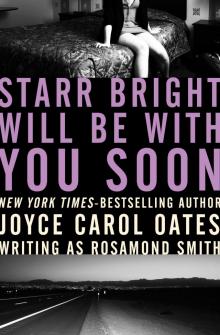 Starr Bright Will Be With You Soon
Starr Bright Will Be With You Soon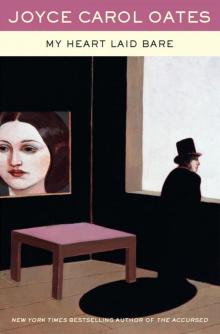 My Heart Laid Bare
My Heart Laid Bare A Fair Maiden
A Fair Maiden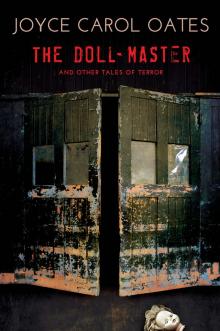 The Doll-Master and Other Tales of Terror
The Doll-Master and Other Tales of Terror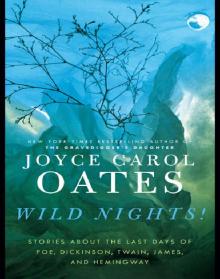 Wild Nights!: Stories About the Last Days of Poe, Dickinson, Twain, James, and Hemingway
Wild Nights!: Stories About the Last Days of Poe, Dickinson, Twain, James, and Hemingway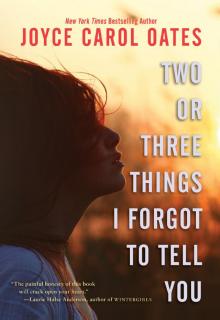 Two or Three Things I Forgot to Tell You
Two or Three Things I Forgot to Tell You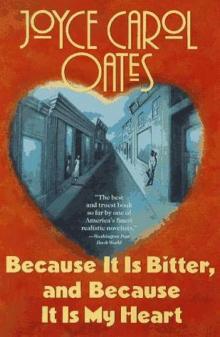 Because It Is Bitter, and Because It Is My Heart
Because It Is Bitter, and Because It Is My Heart Missing Mom: A Novel
Missing Mom: A Novel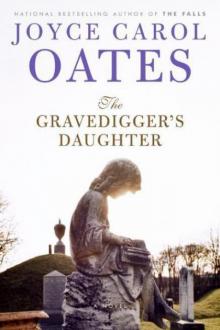 The Gravedigger's Daughter: A Novel
The Gravedigger's Daughter: A Novel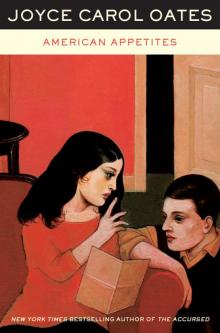 American Appetites
American Appetites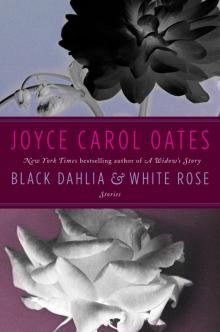 Black Dahlia White Rose: Stories
Black Dahlia White Rose: Stories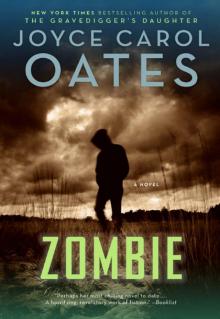 Zombie
Zombie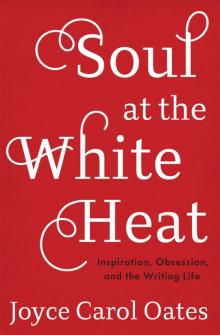 Soul at the White Heat: Inspiration, Obsession, and the Writing Life
Soul at the White Heat: Inspiration, Obsession, and the Writing Life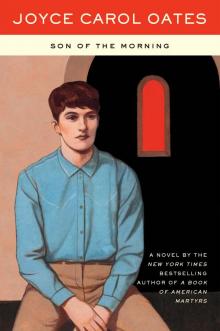 Son of the Morning
Son of the Morning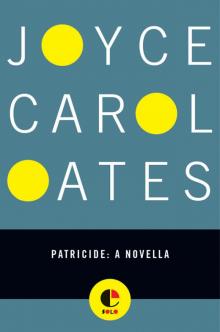 Patricide
Patricide Snake Eyes
Snake Eyes Wonderland
Wonderland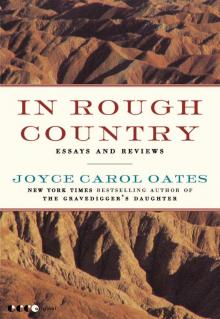 In Rough Country: Essays and Reviews
In Rough Country: Essays and Reviews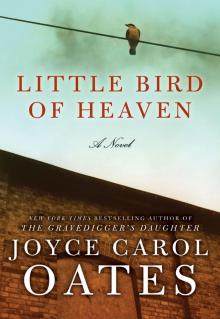 Little Bird of Heaven
Little Bird of Heaven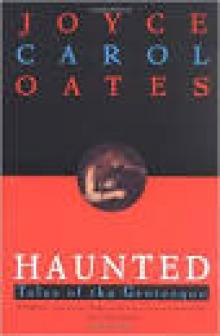 The Haunting
The Haunting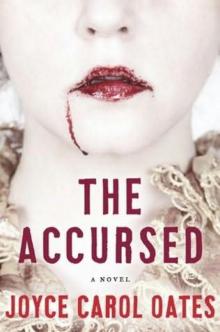 The Accursed
The Accursed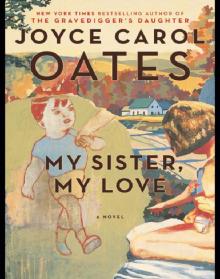 My Sister, My Love: The Intimate Story of Skyler Rampike
My Sister, My Love: The Intimate Story of Skyler Rampike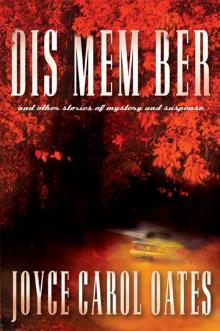 Dis Mem Ber and Other Stories of Mystery and Suspense
Dis Mem Ber and Other Stories of Mystery and Suspense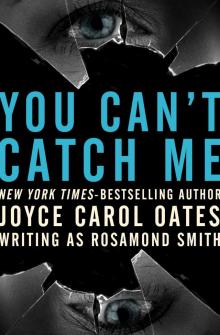 You Can't Catch Me
You Can't Catch Me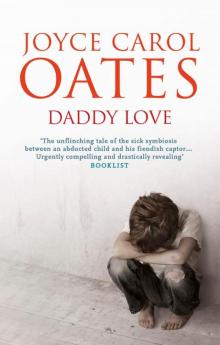 Daddy Love: A Novel
Daddy Love: A Novel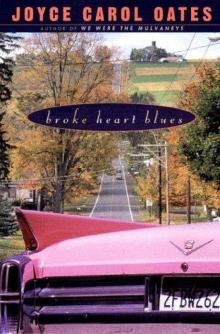 Broke Heart Blues
Broke Heart Blues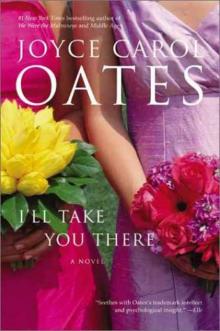 I'll Take You There
I'll Take You There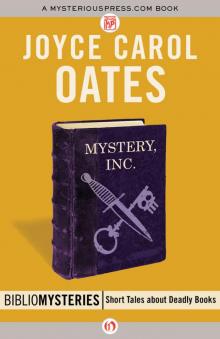 Mystery, Inc.
Mystery, Inc. We Were The Mulvaneys
We Were The Mulvaneys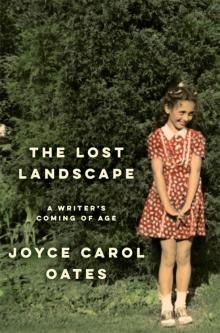 The Lost Landscape: A Writer's Coming of Age
The Lost Landscape: A Writer's Coming of Age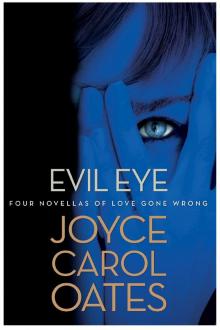 Evil Eye: Four Novellas of Love Gone Wrong
Evil Eye: Four Novellas of Love Gone Wrong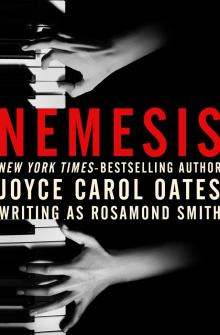 Nemesis
Nemesis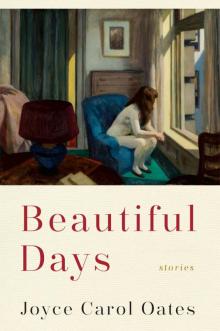 Beautiful Days: Stories
Beautiful Days: Stories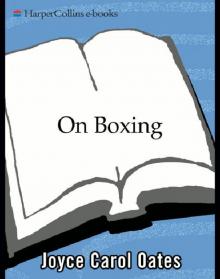 On Boxing
On Boxing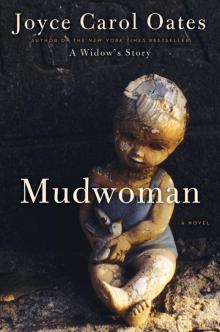 Mudwoman
Mudwoman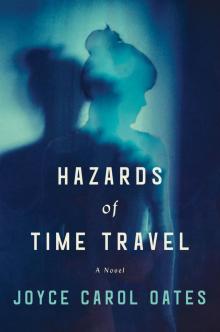 Hazards of Time Travel
Hazards of Time Travel Night-Gaunts and Other Tales of Suspense
Night-Gaunts and Other Tales of Suspense Mysteries of Winterthurn
Mysteries of Winterthurn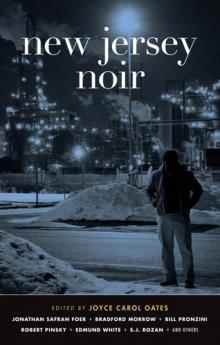 New Jersey Noir
New Jersey Noir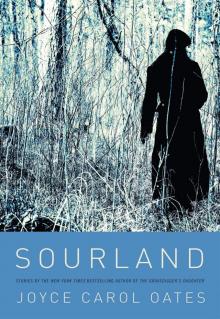 Sourland
Sourland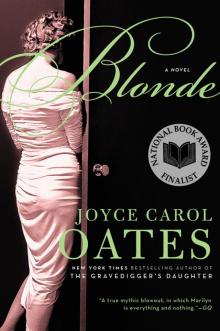 Blonde
Blonde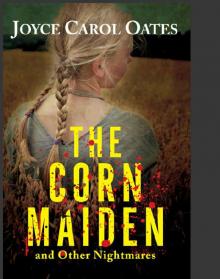 The Corn Maiden: And Other Nightmares
The Corn Maiden: And Other Nightmares The Oxford Book of American Short Stories
The Oxford Book of American Short Stories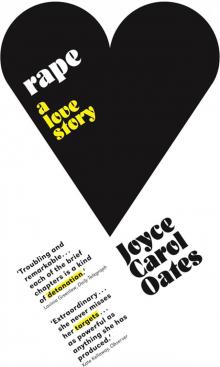 Rape: A Love Story
Rape: A Love Story Lovely, Dark, Deep: Stories
Lovely, Dark, Deep: Stories After the Wreck, I Picked Myself Up, Spread My Wings, and Flew Away
After the Wreck, I Picked Myself Up, Spread My Wings, and Flew Away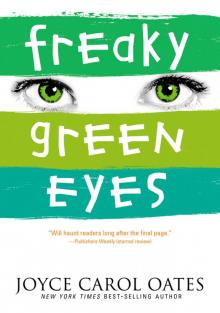 Freaky Green Eyes
Freaky Green Eyes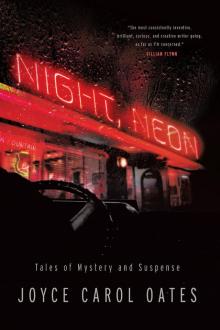 Night, Neon
Night, Neon I Am No One You Know: And Other Stories
I Am No One You Know: And Other Stories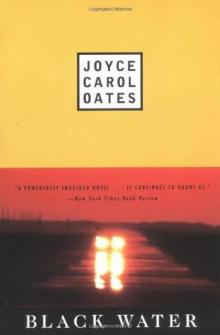 Black Water
Black Water Expensive People
Expensive People The Falls
The Falls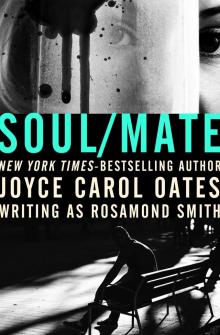 Soul/Mate
Soul/Mate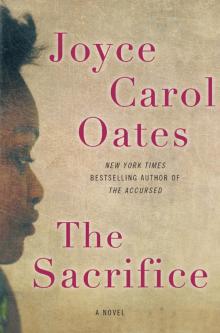 The Sacrifice
The Sacrifice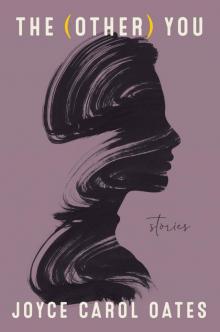 The (Other) You
The (Other) You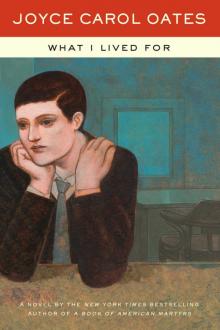 What I Lived For
What I Lived For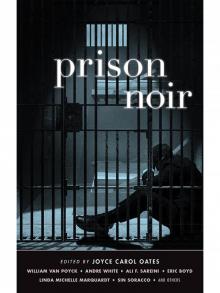 Prison Noir
Prison Noir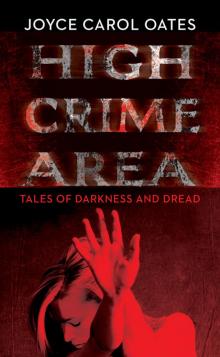 High Crime Area: Tales of Darkness and Dread
High Crime Area: Tales of Darkness and Dread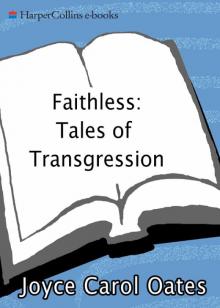 Faithless: Tales of Transgression
Faithless: Tales of Transgression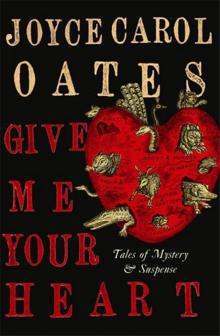 Give Me Your Heart: Tales of Mystery and Suspense
Give Me Your Heart: Tales of Mystery and Suspense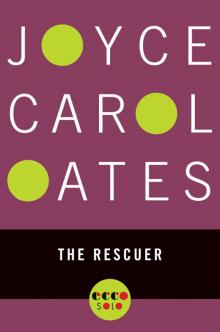 The Rescuer
The Rescuer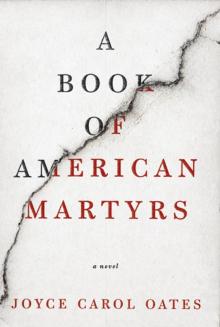 A Book of American Martyrs
A Book of American Martyrs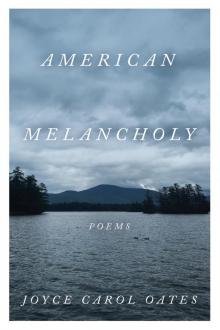 American Melancholy
American Melancholy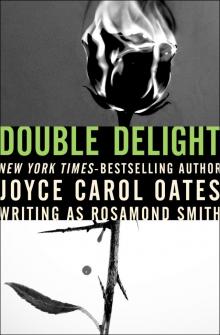 Double Delight
Double Delight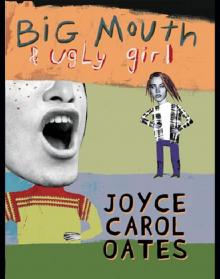 Big Mouth Ugly Girl
Big Mouth Ugly Girl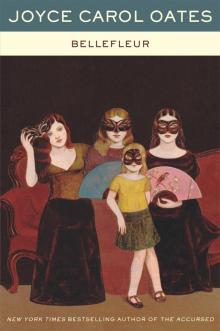 Bellefleur
Bellefleur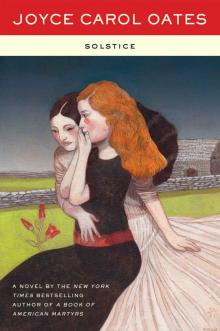 Solstice
Solstice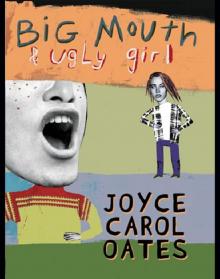 Big Mouth & Ugly Girl
Big Mouth & Ugly Girl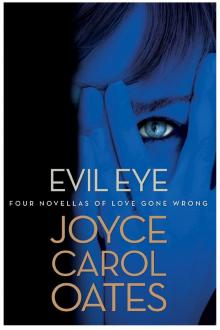 Evil Eye
Evil Eye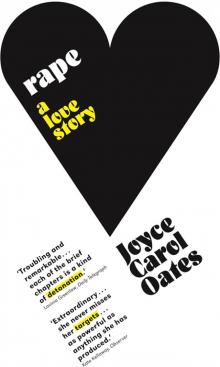 Rape
Rape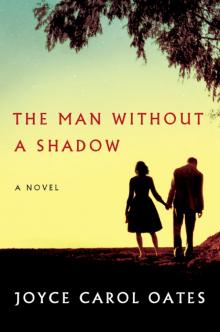 The Man Without a Shadow
The Man Without a Shadow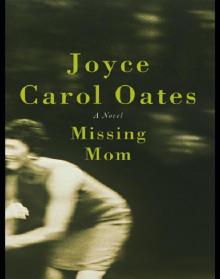 Missing Mom
Missing Mom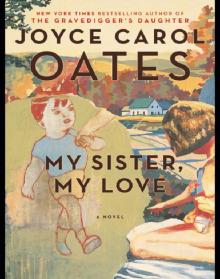 My Sister, My Love
My Sister, My Love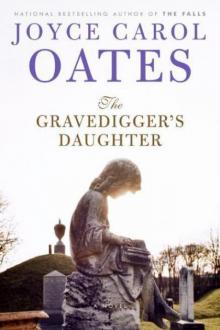 The Gravedigger's Daughter
The Gravedigger's Daughter Beautiful Days
Beautiful Days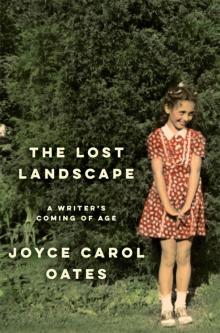 The Lost Landscape
The Lost Landscape Daddy Love
Daddy Love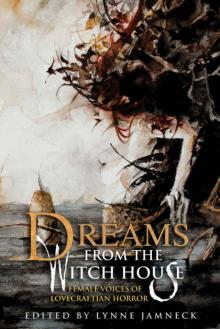 Dreams from the Witch House: Female Voices of Lovecraftian Horror
Dreams from the Witch House: Female Voices of Lovecraftian Horror The Tattooed Girl
The Tattooed Girl Give Me Your Heart
Give Me Your Heart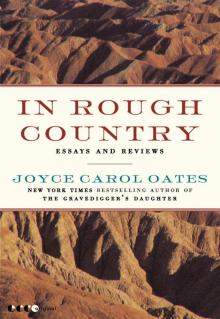 In Rough Country
In Rough Country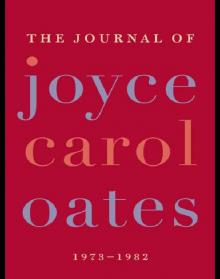 The Journal of Joyce Carol Oates
The Journal of Joyce Carol Oates Black Dahlia & White Rose: Stories
Black Dahlia & White Rose: Stories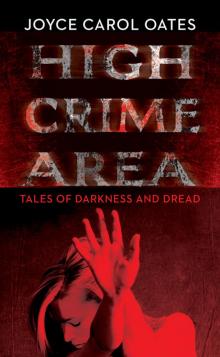 High Crime Area
High Crime Area Lovely, Dark, Deep
Lovely, Dark, Deep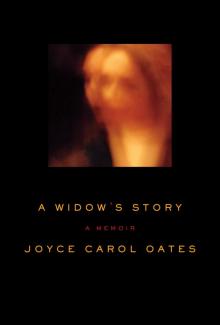 A Widow's Story
A Widow's Story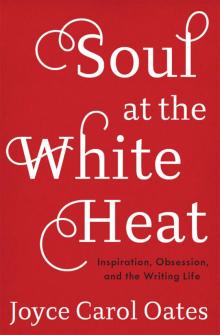 Soul at the White Heat
Soul at the White Heat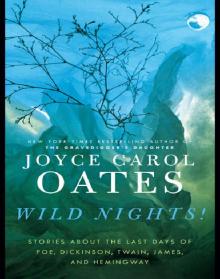 Wild Nights!
Wild Nights!